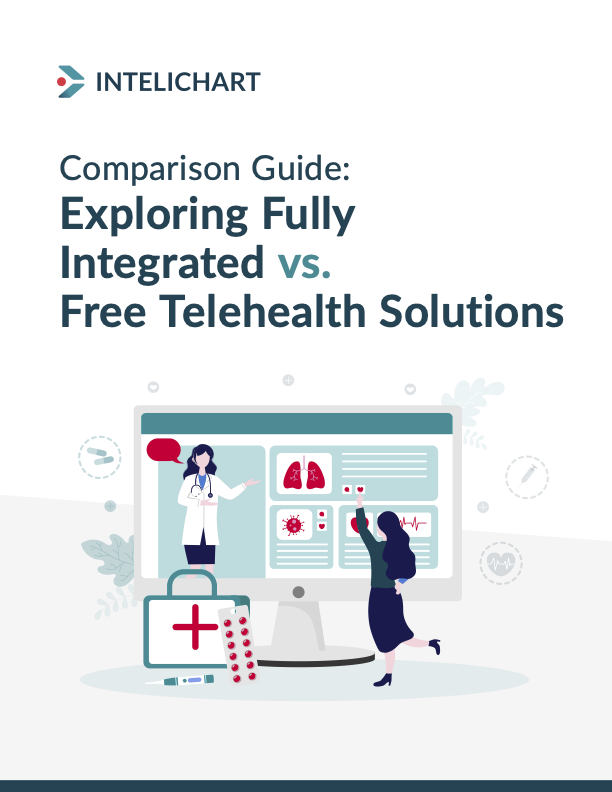While these tools offered a quick and easy solution at the start of the pandemic, they’re not ideal for practices looking to offer a next-generation virtual care experience. Two years later, and the challenges associated with using free telehealth solutions are clear:
Challenges for Patients
Healthcare consumers want and expect their providers to offer virtual visits— but the technology powering said visits matters. Patients expect a seamless experience, and clunky, ill-equipped technology simply won’t cut it.
In fact, in one survey, 50% of patients said they believe that a negative digital experience makes the entire medical interaction unfavorable. Because many of the free videoconferencing tools on the market weren’t designed for virtual care, they tend to offer a suboptimal digital experience at best. The unfortunate reality is that this can lead to decreased patient satisfaction, engagement, and adherence.
Challenges for Providers
Free solutions are equally (or more) frustrating for providers, particularly when it comes to handling visit-related administrative tasks. Confusing, inaccurate, or hard-to-read virtual visit schedules can lead to scheduling gaps and over- or underbookings for providers.
What’s more, free solutions don’t integrate with electronic health records (EHRs), practice management systems, and other patient engagement tools. Lack of integration prevents these tools from fitting into clinical workflows, which creates a significant barrier to digital transformation for practices and providers.
Challenges for Practices
Healthcare practices also face challenges associated with free telehealth solutions. These tools lack the features necessary for an end-to-end virtual visit, such as digital waiting rooms and patient intake forms that upload to the EHR in real time. But that’s not all: Lack of security protocols and HIPAA compliance puts both practices and patients at risk. There’s also the risk of increased practice churn. Today’s healthcare consumers have high expectations, and they’re not afraid to change providers in search of a better digital experience.




